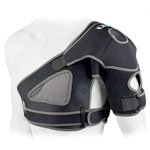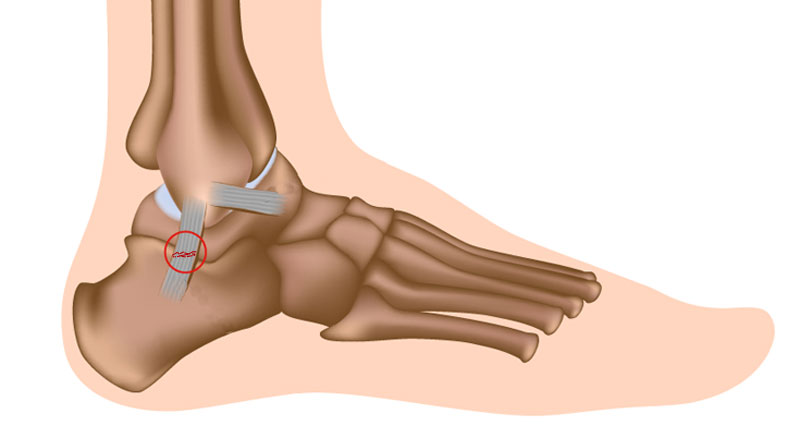Shoulder stability exercises are an important part of shoulder rehabilitation. In particular, scapular stabilization (shoulder blade) is important for producing the normal movement patterns required in the shoulder joint.
Wobble board shoulder stability exercises
- This exercise strengthens the scapular and core stabilizers
- The athlete starts with their hands on the wobble board shoulder-width apart
- For the more basic version of this exercise, the athlete supports themselves on their knees, this can be progressed through to the toes
- Whilst maintaining balance the athlete performs circular movements on the board
Swiss ball shoulder stability exercises
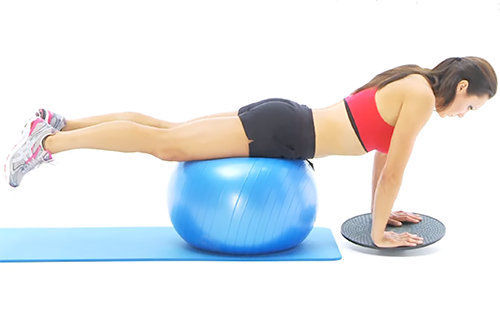
- This is a plyometric exercise that challenges shoulder stability
- This works the muscles of the upper body and forces the shoulder to provide stability
- The athlete positions themselves on the ball at the hips and places their hands on the wobble board
- Then they attempt to maintain balance whilst moving their arms
- Progress this by positioning the ball lower down the body
Horizontal Abduction In Prone
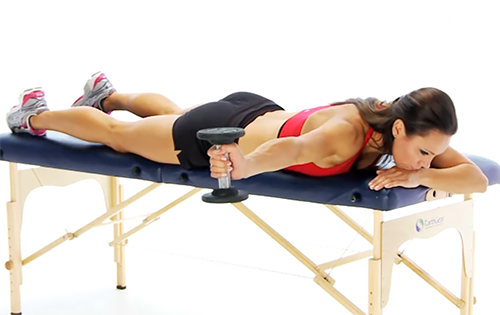
- The horizontal abduction exercise works the scapular stabilizers as well as two of the rotator cuff muscles
- This exercise strengthens the teres minor and the infraspinatus muscles along with the posterior deltoid and the scapular stabilizers and challenges the muscles of the upper extremity due to the shoulder having to provide stability
- The athlete lies with their arm over the edge of the table. Lift the rm with the weight into a horizontal extension
The 151 Drill
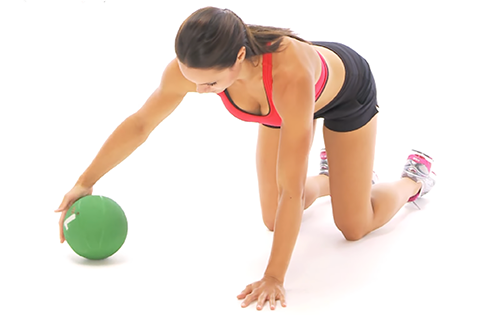
- This exercise works the scapular, triceps, and core stabilizers.
- The athlete assumes the quadruped position with the hands shoulder-width apart.
- Whilst shifting the weight from side to side the athlete slaps the ball from one hand to the other in quick succession.
Swiss ball stabilization
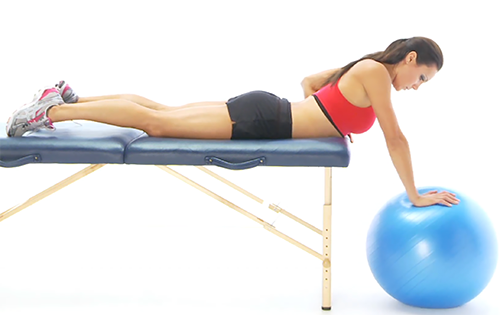
- This exercise strengthens the scapular stabilizers and the triceps
- The athlete lies with a third of the body over the edge of the table. Bearing all the weight on the ball
- Keep the body stable
- To progress this exercise the athlete controls the ball whilst moving it in a circular motion
Lawnmower
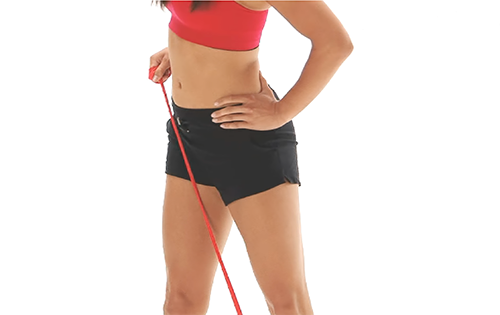
- The lawn mower is a good shoulder stability exercise used to improve scapular stabilization and core stability, use a resistance band
- This is a good exercise for the scapular stabilizers
- This exercise targets the Biceps brachii, rhomboids, and erector spinae muscles
- The athlete starts with the hand to the inside of the opposite knee
- They then move into an upright position, transferring weight onto the back foot, bringing the hand up to the ribs, and squeezing the shoulder blades together and down
Hand walking
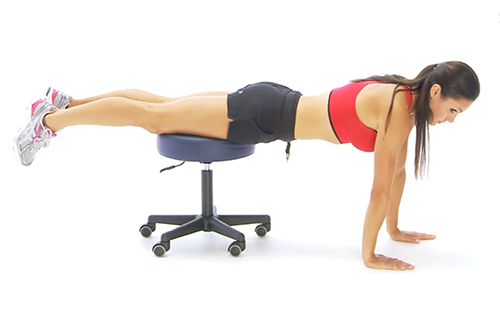
- Carry out this exercise on either a treadmill or a wheely stool
- Distal movement exercises require control, strength, and in this case, shoulder stability. This exercise aids muscle control, endurance, and coordination
- Position the knees on the floor and hands on the belt. You can also perform this using a stool
- Starting the machine at a very slow speed, the athlete walks their hands forward
- Progress this by increasing the speed and duration of exercise, as well as performing the exercise with the feet on the floor, rather than on the knees
Medicine ball balance
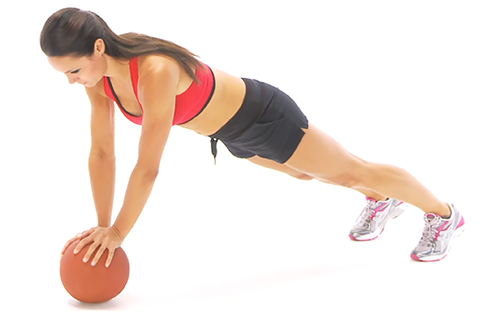
- This exercise focuses on scapular stabilization with an emphasis on balance. This is a plyometric exercise designed to work the upper extremity whilst maintaining control of the shoulder.
- The athlete starts in a push-up position with feet on the floor and hands on a large medicine ball.
- The aim is to maintain balance whilst keeping your shoulder blades rounded forwards. Once this is easy, begin making small circles with the ball.
Prone fly on a Swiss ball
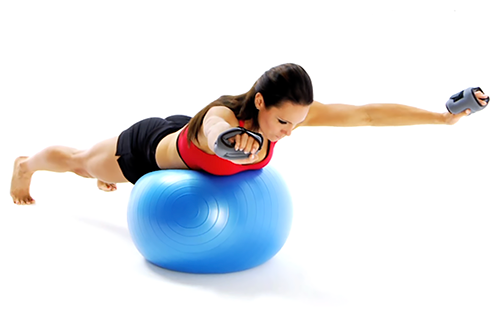
- This shoulder exercise strengthens the rhomboids and the middle trapezius.
- The athlete is on their front over a table or gym ball and raises the arms back while squeezing the scapulae or shoulder blades
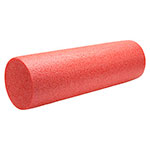
Foam Rollers
Seated push-up
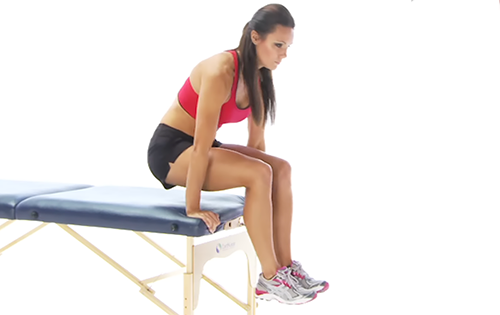
- The seated push-up exercise works on the scapulothoracic body segment and strengthens the pectoralis minor, lower trapezius, and latissimus dorsi
- The athlete sits with their hands by their sides, pushing down to lift the hips from the couch (or chair)
- The elbows must be fully extended before the athlete returns to the seated position

